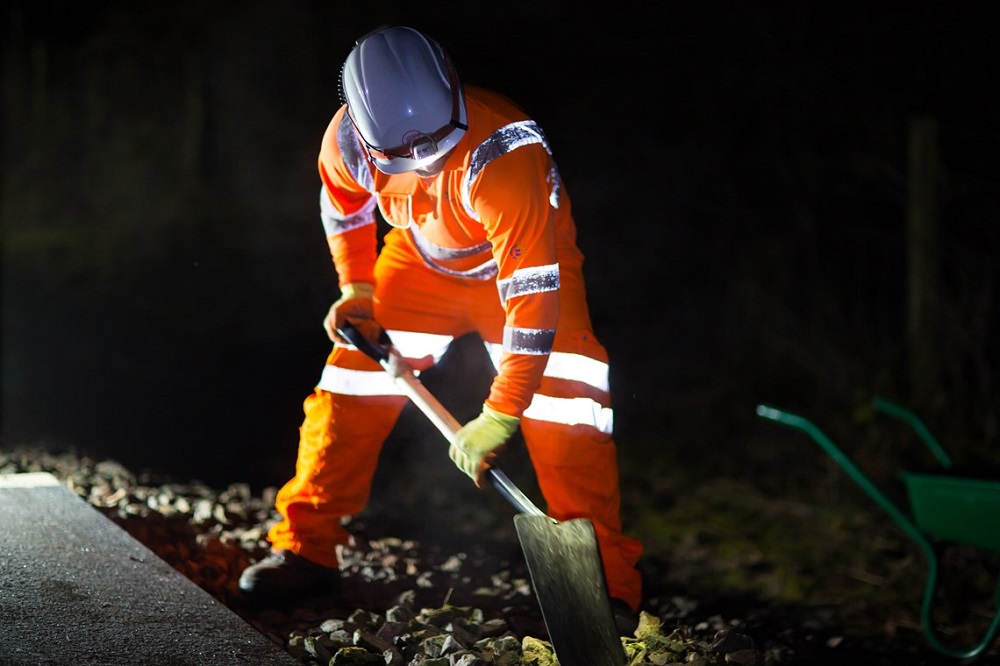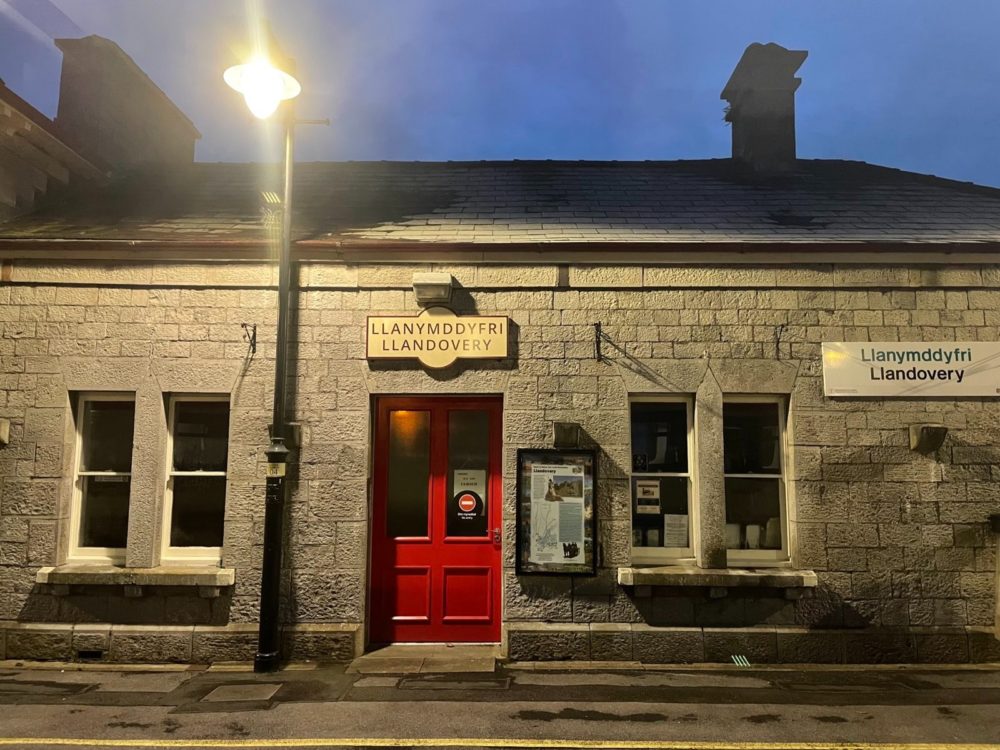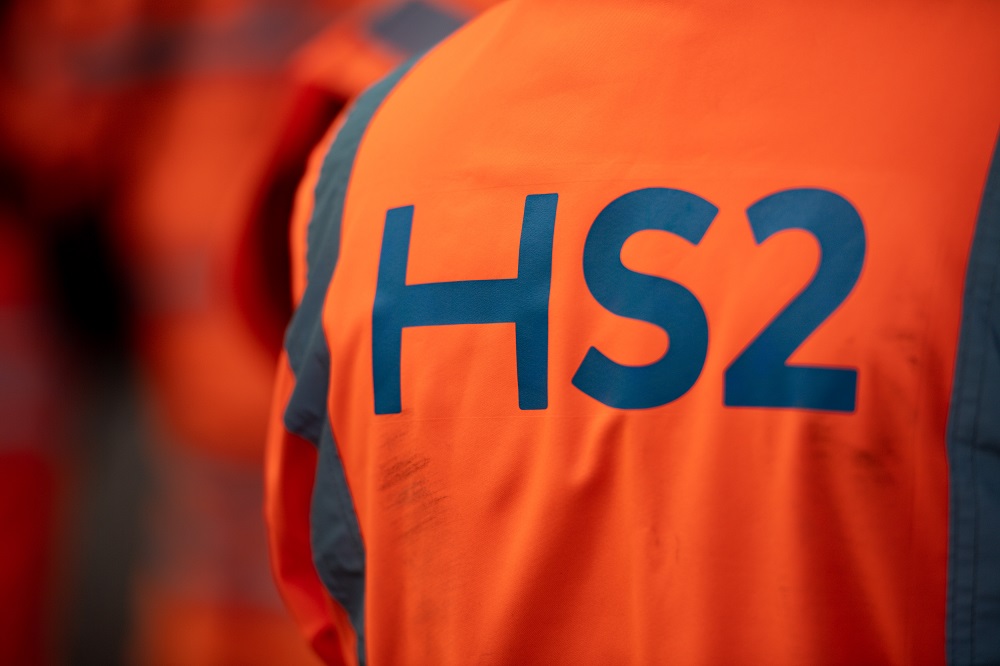Where the money should be spent to improve Wales’ rail network

Professor Stuart Cole, CBE. Emeritus Professor of Transport Economics and Policy, Prifysgol de Cymru / University of South Wales.
In Wales we have justifiably complained about railway investment needs not being met, even on our main lines.
This is in part a consequence of the responsibility for funding rail infrastructure being separated from train operations.
What, under those conditions, is likely to be the future investment in Wales’ railways and over what period?
Attracting passengers to public transport is determined by factors often referred to in this column – reliability, timekeeping, frequency, capacity, journey time and fares.
It is this demand which is likely to lead to investment. This is true of all consumer providers whether supermarkets or pubs; market size, accessibility to the outlet and of course profitability are the equivalent factors.
Recent closures in these sectors resulted from a market loss.
Local entrepreneurs
Originally the railway investors were a combination of local entrepreneurs, the gentry and farmers. They might be joined by one of the big railway companies who protected themselves by only buying a shareholding which represented their total possible loss. Their objective had to be (as with supermarkets today) profitability based on passenger revenue.
Today, most of Wales’ railway network is owned by Network Rail, itself a part of England’s Department of Transport (DfT). This means any track improvements or new lines have to meet HM Treasury (HMT) financial guidelines as part of the DfT’s decision whether to fund the scheme.
The ‘returns’ are based on revenue from the market. However the strategic nature of the route has become a more important factor recently alongside the socio – economic benefits to achieve an acceptable return.
Parts of the network are privately owned heritage railways and private freight operations such as TATA’s sidings at Port Talbot.
The largest exception to Network Rail’s ownership is Welsh Government owned Valley Lines network.

Apart from a £125m contribution from DfT, the £1.1 bn investment project is being funded by Welsh Government and managed by TfW. However the scheme still had to pass the ‘5 – case Business Case’ required by HM Treasury for any UK public authority seeking to borrow money on such a large scale.
The schemes which have attracted recent attention fall into two categories – comparatively small (£10’s millions) or major (over £800m each).
Operating regular services on the Swansea District Line (SDL) would cut twenty minutes off the journey time between Carmarthen and Cardiff (£25m). The route passes between Neath and Swansea with a new station at Felindre and the site is linked by a high-quality road from M4 junction 46.
Reports
This has been the subject of four government reports all with levels of benefit which should be acceptable to HM Treasury under the new investment business plan ‘Green Book’. One might ask why the delay in UK Government circles? Although the Welsh Government could fund it but it receives no Barnett funding for such capital schemes.
Routes in south west Wales require track investment to increase line speeds and so reduce journey times on the Heart of Wales Line (HOWL) from Llanelli – Shrewsbury (£20m).
Providing double track / dynamic loops beyond Whitland into Pembrokeshire (£50m – £ 90m) would increase frequency / reliability and serve Ceredigion through integrated bus services and express bus / coach (possibly an enhanced TrawsCymru brand) connections.

To me this is the only short-term solution for many rural areas as this column has made clear and was echoed by TfW’s CEO, James Price this month.
Referring to a recent Welsh Government study on the possibilities of reopening the Carmarthen – Aberystwyth line, Mr Price said the solution could be one of limited stop bus / coach services.
This brings us on to major investment schemes. If a line is built, then a route along the coast via Aberaeron not via Tregaron is the appropriate one.
The planning design and construction process and the current prices cost of building (£1.1 bn) puts a new Carmarthen – Aberystwyth into perspective. However it does not come near to the demand and socio – economic returns expected by HM Treasury.
Without that HMT support the scheme does approach realisation.
It is not for this column to suggest to supporters to use their knowledge and enthusiasm to support other lines but the Heart of Wales line and the SDL could use their energies and bring benefits to west Wales far sooner.

Much has been said about the funding provided by cancelling the northern section of HS2 between Birmingham and Manchester and how it might be used. However, caution is required as that part of HS2 funding has not yet been borrowed and any future UK government, whether red or blue, will have to consider that.
Plans have been announced, initially rather vague in nature, for the trans-Pennine route (Manchester – Leeds / Hull) to receive a cash injection of £3.9 bn covering bottlenecks, line speeds, bi-directional signals and new trains.
Sadly there is no detailed parallel announcement for the North Wales Main Line (NWML) which (at the same time) was promised a vague cash injection figure (£1.0 bn) for electrification and reduced journey time – similar to the improvement now set out for the trans – Pennine route.
The NWML plan has been haltingly pursued since 1977 (when I was Economic Adviser – Transportation at Cheshire CC) with a full study in 2016. However until Network Rail or Welsh Government are given positive signs by the UK Government, 2034 would be the earliest date for completion.
This, together with new signals on the Marcher line from Newport to Chester reducing the Cardiff – Bangor journey time by fifty minutes to 3h 30m.
The train journey time between Swansea and Cardiff could be reduced to thirty-five minutes through straightening the track and electrification both of which have also been postponed by the UK Government.
There is in places a short-term low cost alternative engineering solution which was first identified in north Wales, with an intelligent renewal scheme for delays to the Llandudno – Manchester Airport service , operated by TfW brand new Class 197 4-car regional trains.
This was caused by train movements conflicting at a junction near Warrington where increased capacity would be a relatively cheap / easy option to remove these delays.
Transport Scotland (unlike TfW) have total control over the railway, so that small investment can produce, for example, loops to increase capacity with speed limits of 40 mph while the equivalent in Wales operate at 15 mph.
From the market point of view these intelligent renewals may give us many of the solutions we need at time consuming junctions.
Investment therefore involves a choice usually based on the best financial or socio – economic returns and the degree of certainty that those returns will be achieved. At present the evaluation process acts against the likes of Carmarthen – Aberystwyth. However it should not hold up the other schemes mentioned in this column.
Support our Nation today
For the price of a cup of coffee a month you can help us create an independent, not-for-profit, national news service for the people of Wales, by the people of Wales.







The best few thousands could be spent on redundancy packages for the top brass at both TfW and Network Rail Wales and West. They have proved over the years an utter incapability of running a railway system within budget and to the standards the public expect, and to find somebody who can do the job. There was even a letter in “The Times” on New Year’s Day likening the Heart of Wales line to a sclerotic organ on the verge of failure, and suggesting a donkey cart might be quicker! Someone at TfW must have been jolted into action as… Read more »
Improved rail links between north and south. A rail link between Carmarthen and Aberystwyth, then onto Caernarfon and Bangor More frequent services to Pembrokeshire, and electrifying the rail line between Cardiff and Swansea, the two largest cities in the country. But hey, these are just my suggestions. We shall democratically elect a government to make these decisions on behalf of the Welsh electorate.
What we should not be wasting money on is unrealistic projects in another country that is based on pure fantasy like HS2!!
That the DfT still will not finance a new accessibility lift / footbridge at Ruabon, which was originally promised in 2015 (?) does not bode well for investment in Wales / Cymru.
If you are not in Cardiff or the valleys they dont give a F??K
This sentence says it all. “Today, most of Wales’ railway network is owned by Network Rail, itself a part of England’s Department of Transport (DfT).” Is it no wonder our rail network, if you can seriously call it that, is lacking when it’s control by another country. If I were Norwegian can travel North on the Norwegian Article Express from Trondheim to Bodo where temperatures fall below -12 degrees. And they still were able to build a line. I suggest all go on YouTube to watch livestream videos showing train journeys from the South to the North of Norway, and… Read more »